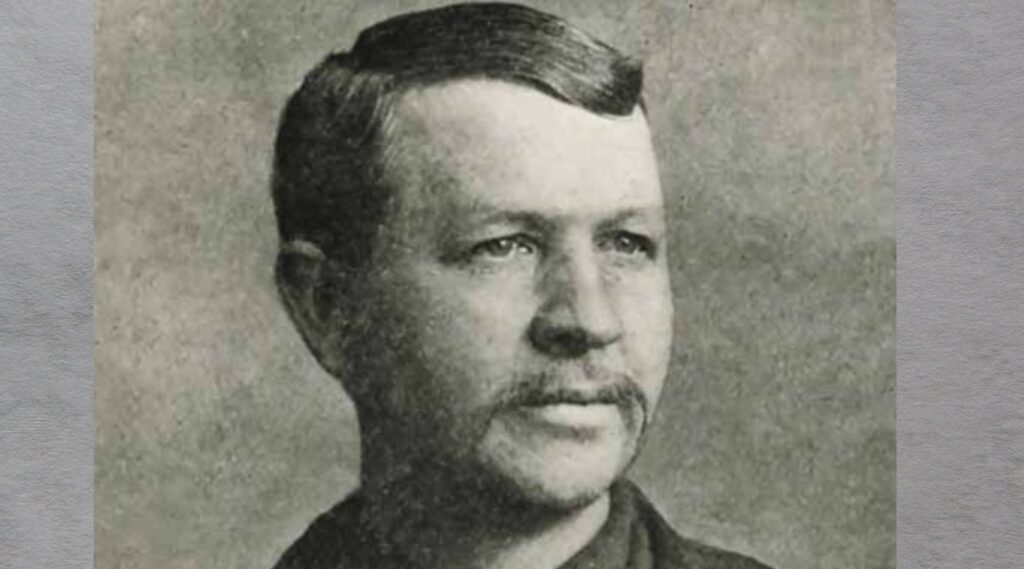Featured image credit: en.wikipedia.org
If you are someone who loves tattoos and wants to get into the tattooing world, it’s important to learn the history of the trade.
While tattooing has existed for thousands of years, it’s only recently that tattooing has transcended its primitive methods into the techniques and technologies we use today.
In this article, we will teach you everything you need to know about the father of the modern-day electric tattoo machine, Samuel O’Reilly.
Samuel O’Reilly And Martin Hildebrand
Samuel O’Reilly was born in Waterbury, New Haven County, Connecticut, in 1854 to his Irish immigrant parents, Thomas O’Reilly and Mary Ann Hurley.
Although O’Reilly’s early tattooing career remains a mystery, it is believed he started his career in the mid-1880s and was mentored by Martin Hildebrandt.
Martin Hildebrand was a German immigrant who enlisted and served in the United States Navy aboard the USS United States from 1846 to 1849.
Here, Martin learned his tattooing trade from other sailors.
During the American Civil War, Martin would travel from camp to camp, tattooing soldiers, particularly with their names and initials, to identify their remains in the likelihood they would be killed in battle.
After the War, he opened his own tattoo shop on Oak Street in Manhattan, New York City, in 1870 or 1872, which may well have been America's first-ever tattoo shop.
Here, he may have mentored Samuel O'Reilly, who opened his own tattoo shop in New York City in the 1880s and patented the first electric tattoo machine in 1891.
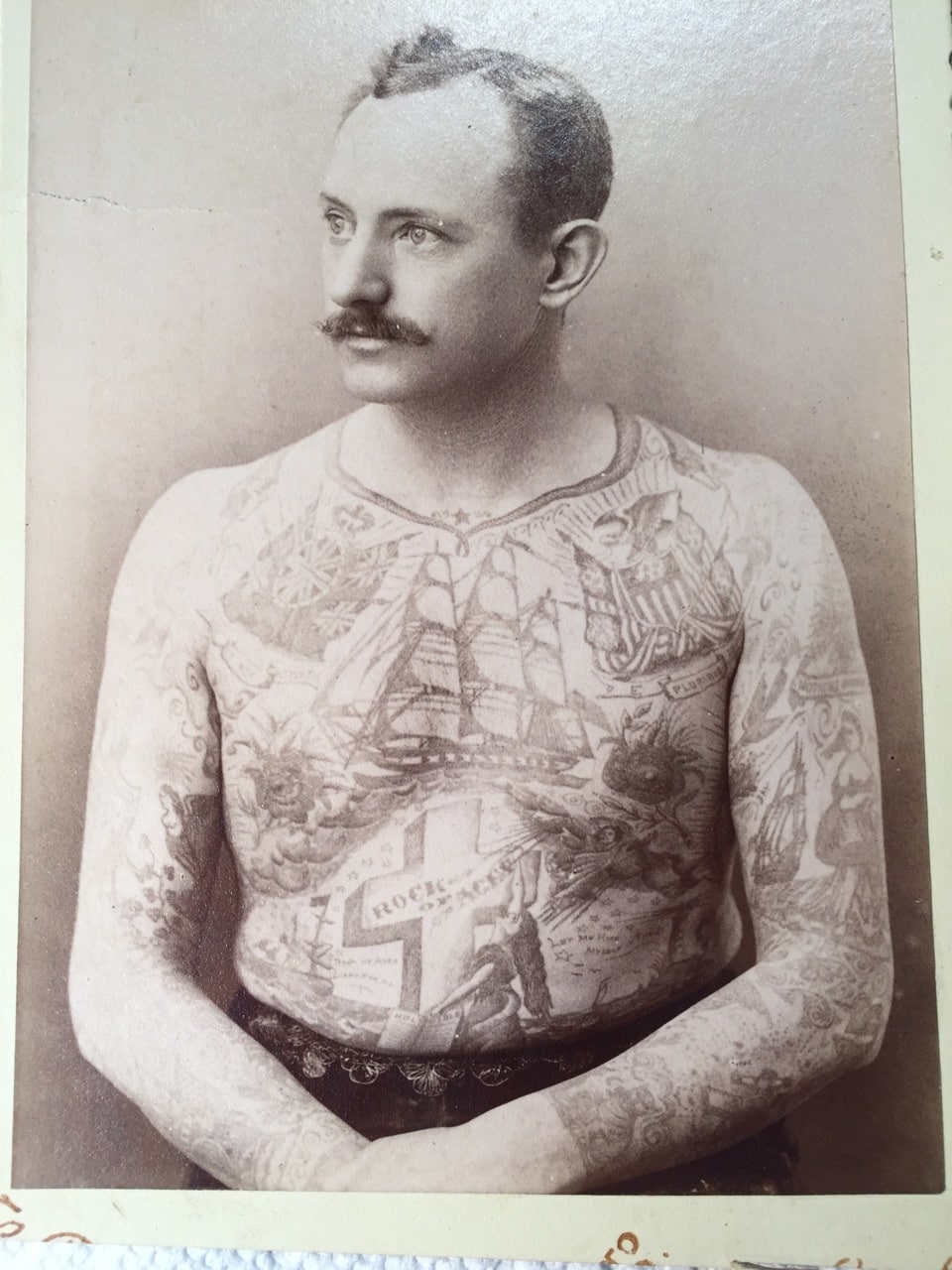
Photo credit: ARTWORLD CONFIDENTIAL
O’Reilly’s initial tattoo shop was situated at #5 Chatham Square before he moved to the Bowery section of New York.
The Bowery was infamous for its slew of gambling dens, brothels, and bare-knuckle fighting scenes.
Here O’Reilly tattooed several circus attractions, the world’s first electrically tattooed attractions, including Thomas Sidonia, a one-time tightrope artist and trick bicycle rider who was billed as "the most tattooed man in the world."
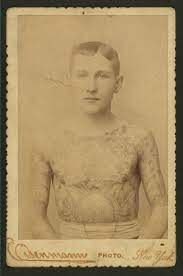
Photo credit: Facebook
The First Tattoo Machine
O’Reilly’s tattoo machine was based on Thomas Edison’s autographic printing pen, a device used for duplicating handwritten documents and drawings.
The tattoo machine was relatively simple yet innovative that consisted of a rotary engine that powered an armature bar.
This bar had a needle attached to it that moved up and down at a high speed.
The needle was dipped into ink, and as it punctured the skin, it deposited the ink into the dermis layer.
This process was much faster and more precise than the traditional method of hand-tapping the ink into the skin, revolutionizing the tattoo industry by improving both the efficiency and quality of tattoos.
After Samuel O'Reilly’s initial invention, the tattoo machine saw a significant modification in the form of the electromagnetic coil machine, which is credited to Thomas Riley in 1891.
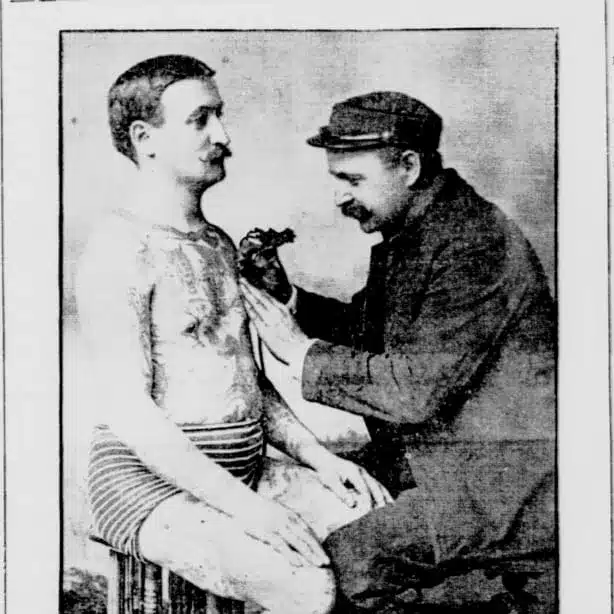
Source: tattoodo.com
This new machine used electromagnetic coils to drive the needle, offering more control over the movement of the needle and hence the depth and precision of the tattoo.
The coil machine would then lead to the development of dual-coil machines, which became standard due to their improved stability and strength.
These machines would allow for finer detailing and shading in tattooing art.
Further Tattoo machine advancements such as the Pneumatic Tattoo Machine, Modern Rotary Machines, Digital Tattooing Machines, and Wireless Tattooing Machines, have all continued on from the legacy brought about by Samuel O’Reilly’s initial invention.
Samuel O’Reilly’s Legacy
Samuel O'Reilly died unexpectedly in 1908, with the cause of his death not being well-documented in historical records.
However, it is stated that he died from injuries he sustained after falling in his home.
How he died isn't well documented, which is common for many historical figures from that era.
Before his death, O'Reilly kept refining his tattoo machine and filed additional patents related to improvements in tattoo machine technology.
His collaborations, particularly with Charles Wagner, helped to further the art of tattooing.
Wagner, who became a prominent tattoo artist himself, eventually took over O'Reilly's shop after his death.
O’Reilly’s work fundamentally changed the tattoo industry, paving the way for modern tattooing techniques.
His influence persists in the designs of tattoo machines and the broader cultural fabric of the tattooing world to this day.
Conclusion
Samuel O'Reilly’s invention revolutionized the tattoo industry. While much of his life is undocumented, his impact on the tattooing world has continued to this day, with his works being commemorated in various historical records and museums that document the evolution of tattooing.
If you want to learn more about the history of tattooing, you can read all about the father of the Traditional Tattoo Sailor Jerry Collins, or learn all about how the Sailors, European tattooing forefathers brought tattooing to the west, or if you want to go even farther back in time, learn all about early tattooing methods.
- Kristen Bell Tattoos - July 15, 2024
- Risks of Tattooing - July 3, 2024
- Early Tattooing Methods - June 22, 2024
